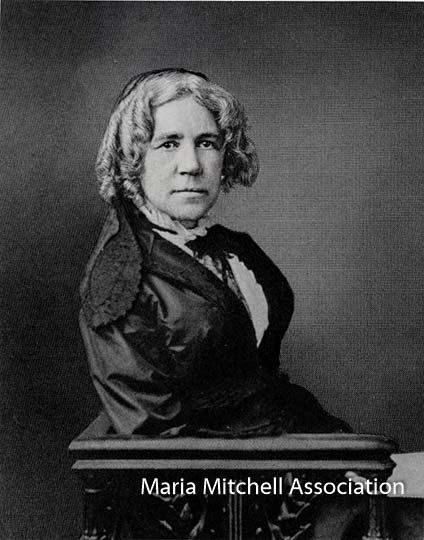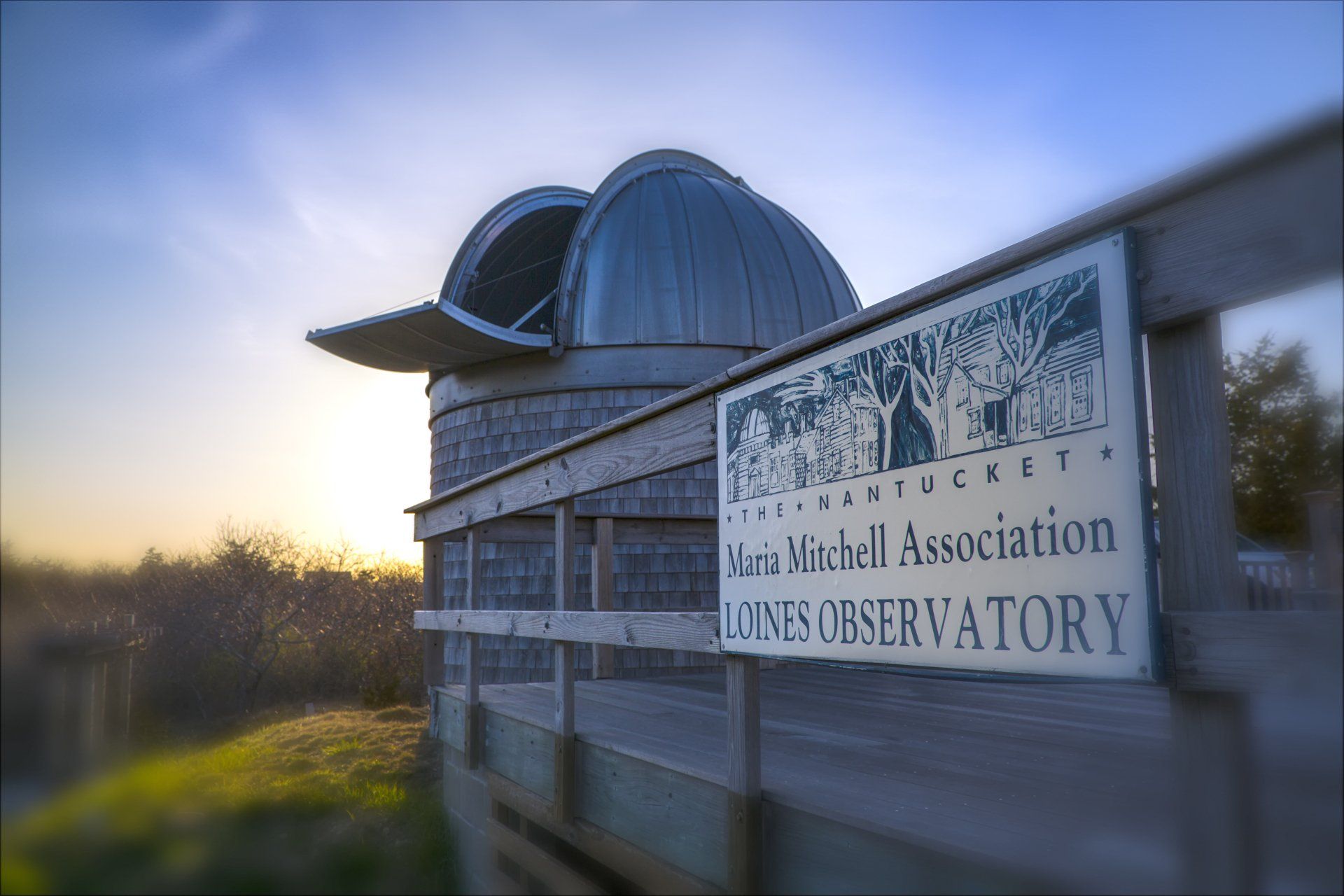By Jascin N. Leonardo Finger
•
August 11, 2025
After many years on the making, we are happy to officially announce the re-opening of the Maria Mitchell Vestal Street Observatory – also fondly referred to as the MMO. As you may have seen on the Maria Mitchell’s Attic bog, this has truly been more than a multi-year labor of love. Way back in 2016, we began the first steps with a structural assessment by structural engineer, John Wathne of Structures-North. That, coupled with an earlier Conservation Assessment Program grant from Heritage Preservation and supported by the Institute for Museum and Library Services that allowed the MMA to hire architectural conservator, Michael Devonshire, began us on our path to conserve the historic MMO. Grants from the Community Preservation Act and the M. S. Worthington Foundation supported the conservation work on the 1908 Observatory and its 1922 Astronomical Study. Masonry and grout were repaired, rusted iron lintels over windows and doors were replaced with steel and work was completed to the “parapets.” This sounds simple – it was not – it was a multi- year project to work with the masonry and to create a matching grout. Wayne Morris, the mason, became a fixture on Vestal Street again – as he did all the masonry conservation and work on the exterior of the Research Center. Once the MMO’s exterior was weather tight and the interior masonry work completed, the rest of the crew moved in to conserve the plaster, re-paint, and conserve the original 1922 bookcases and woodwork in the Study. Paint was removed from the dome bringing it back to its original glory. Cement floors were cleaned and treated and electrical wiring was updated and new lighting put in the Study. A major renovation was also conducted concerning the “Seminar Room” – a 1987 addition to the west of the MMO – which was completed in 2024. This was funded in large part by Mitchell family descendant and former (now honorary) MMA Board Member, Richard Wolfe. New office spaces were created for astronomy staff, updates were made to the astronomy intern workspace and meeting space, and a new accessible bathroom was completed. We also owe a huge debt of gratitude to two other board members in this work, particularly with the Seminar Room – Elizabeth Markel and John Wise. We would like to thank everyone for their roles in making this long journey a success and for doing all of this important work. Thank you does not express it well enough – they have truly all been heroes of the MMO. We are beyond grateful. THANK YOU and WOW it all looks incredible! Wayne Morris, Mason John Wathne, Structures-North Consulting Engineers Wise Construction – John Wise, Pat Marks, “Chip” and Crew Elizabeth Markel, Elizabeth Markel Interiors Ellis and Schneider Electrical Benjamin Normand, Normand Residential Design W. B. Marden Plumbing, Robert and henry Butler, Mike Gillies, and Derek Kevin Wiggin and Crew, KW HVAC INC Pen Austin, plasterer Evita Caune, Riptide Finishes Brian Connor and Crew, Brian Connor Electric Inc. Adam Zanelli and Crew, Nantucket Heritage Painting Michael Devonshire James Lydon and Sons and Daughter Michael Stefanski, Seed to Stone Landscaping Matthew Anderson and Maxx Ray Michael Gault Pioneer Cleaning Brook Meerbergen, M.A. Supply / Green Mountain Window Co. Nantucket Networks Polygon Group JNLF




